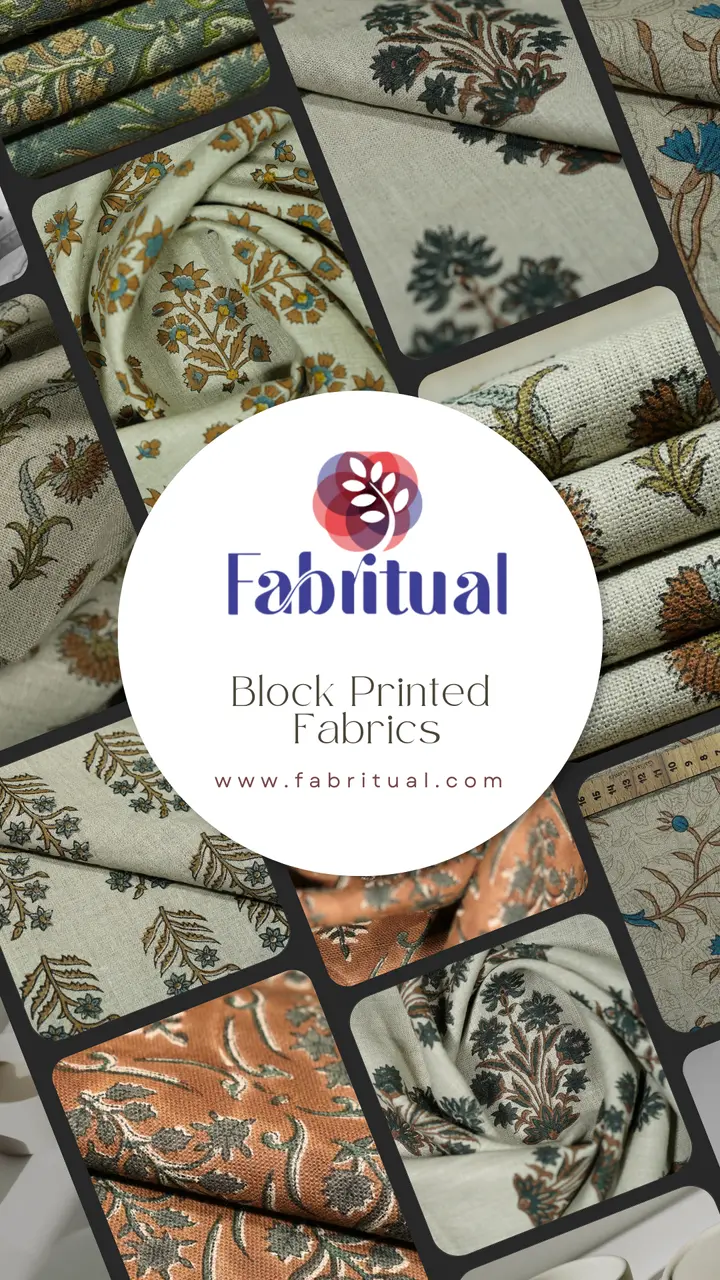In the wake of environmental awareness, sustainable home decor fabric has emerged as the beacon of eco-friendly living. Transforming spaces not only aesthetically but also ethically, these materials offer a fusion of design and sustainability that is capturing the hearts of environmentally conscious decorators and homeowners alike. Let’s uncover the green magic woven into these fabrics and why they’re becoming the cornerstone of eco-chic interiors.
Introduction to Sustainable Home Decor Fabric
The quest for environmental sustainability has found its way into the realms of home decoration, with sustainable home decor fabric leading the way. These materials offer an eco-friendly alternative to traditional fabrics that are often resource-intensive and harmful to the environment. Made from natural or recycled materials, sustainable fabrics not only reduce the carbon footprint but also promote a healthier living space.
Unlike conventional home decor materials, sustainable fabrics are produced with minimal environmental impact, offering a guilt-free solution to home decor. From organic cotton to bamboo, and recycled polyester, the variety of eco-friendly fabrics available today is expansive and continually growing. This shift towards sustainable materials signals a broader movement of conscious consumption and responsible design in the home decor industry.
The Environmental Impact of Conventional Home Decor Fabric
Conventional home decor fabrics often come with a heavy environmental price tag. From water-intensive cultivation processes for cotton to the petrochemicals used in synthetic fibers, the production of traditional home decor materials can have far-reaching effects on the planet. These practices contribute to water pollution, deforestation, and greenhouse gas emissions, challenging the health of global ecosystems.
The environmental impact extends beyond production to the disposal of home decor fabrics. Synthetic materials like polyester are not biodegradable, leading to increased waste in landfills. This cycle of production and waste underscores the urgent need for more sustainable approaches in home decorating, which can significantly reduce our environmental footprint.
Benefits of Choosing Eco-Friendly Home Decor Fabric
Eco-friendly home decor fabrics offer a myriad of benefits that extend beyond environmental sustainability. These materials are often healthier for our homes, emitting fewer volatile organic compounds (VOCs) than their synthetic counterparts, which can improve indoor air quality and mitigate health risks. Additionally, sustainable fabrics tend to be more durable, providing long-lasting decor options that reduce the need for frequent replacements.
Choosing sustainable home decor fabric also supports ethical production practices. Many eco-friendly textiles are produced under fair labor conditions, ensuring that workers are paid fairly and work in safe environments. This aspect of sustainability extends the impact of our decorating choices from environmental to social realms, highlighting the comprehensive benefits of opting for eco-friendly materials.
How to Identify and Choose Sustainable Home Decor Fabrics
Identifying and choosing sustainable home decor fabrics can initially seem daunting, but there are several key indicators to look for. Fabrics certified by environmental standards and organizations, such as Global Organic Textile Standard (GOTS) or Oeko-Tex, guarantee that materials meet stringent environmental and health criteria. Additionally, fabrics made from recycled materials or responsibly sourced natural fibers are hallmarks of sustainability.
Innovative Sustainable Fabric Choices for Your Home
The evolution of sustainable home decor fabrics has introduced innovative options that blend function with eco-consciousness. Materials like recycled polyester, derived from plastic bottles, offer a second life to single-use plastics. Similarly, new developments in the production of bamboo and hemp fabrics have resulted in soft, durable textiles that are both sustainable and luxurious. These advances highlight the dynamic nature of eco-friendly textiles and their growing availability in the home decor market.
Caring for Sustainable Fabrics to Maximize Lifespan and Reduce Waste
Maximizing the lifespan of sustainable home decor fabrics is crucial for enhancing their environmental benefits. Careful maintenance can significantly extend the life of these materials, reducing waste and the need for frequent replacements. Practices such as washing in cold water, air drying, and following specific care instructions ensure that eco-friendly fabrics maintain their quality and continue to adorn homes for years to come.
Incorporating Sustainable Home Decor Fabric into Your Design Aesthetic
Incorporating sustainable home decor fabric into home design does not mean sacrificing style for sustainability. On the contrary, eco-friendly fabrics come in a vast array of textures, colors, and patterns that can enhance any design aesthetic. From minimalist to bohemian styles, sustainable fabrics offer a versatile palette for creating beautiful, eco-conscious living spaces that reflect personal style while aligning with environmental values.
Weaving a Greener Future
Embracing sustainable home decor fabric is more than just a trend; it’s a commitment to nurturing our environment while beautifying our homes. With each choice of eco-friendly fabric, we weave a narrative of care, responsibility, and awareness towards the planet. These materials enable us to create spaces that reflect our values, offering comfort and style without compromising the earth’s resources. As we look towards the future, the adoption of sustainable home decor fabrics stands as a significant step in our journey towards a greener, more conscious way of living.



